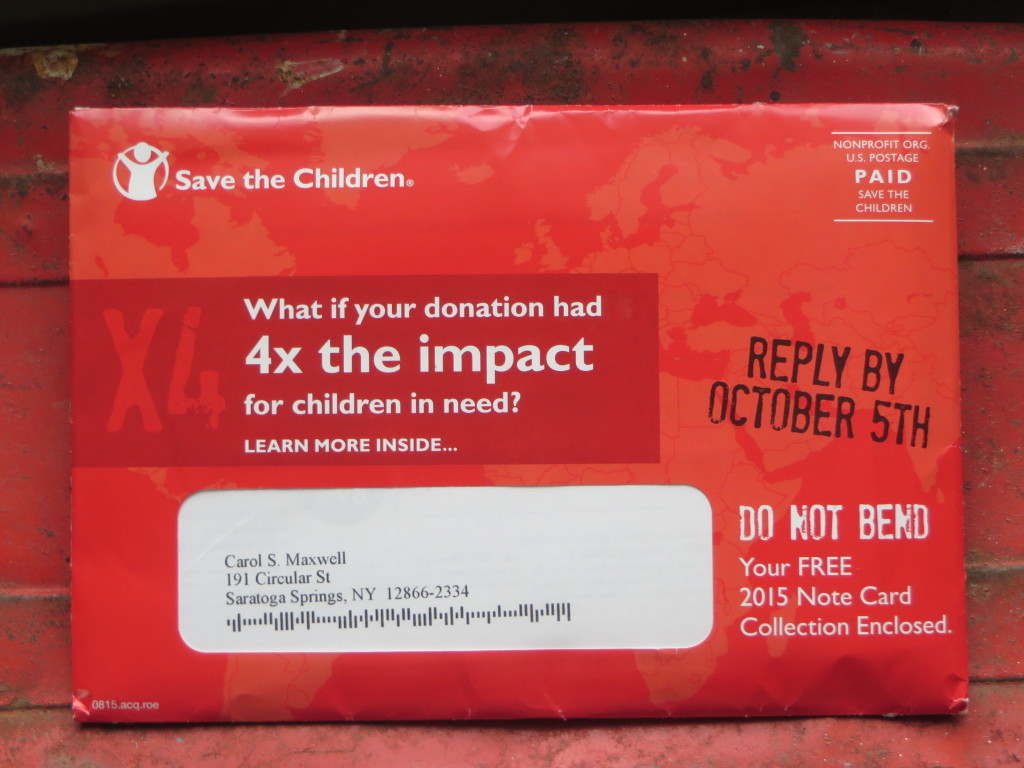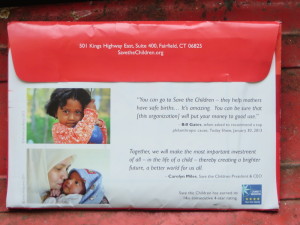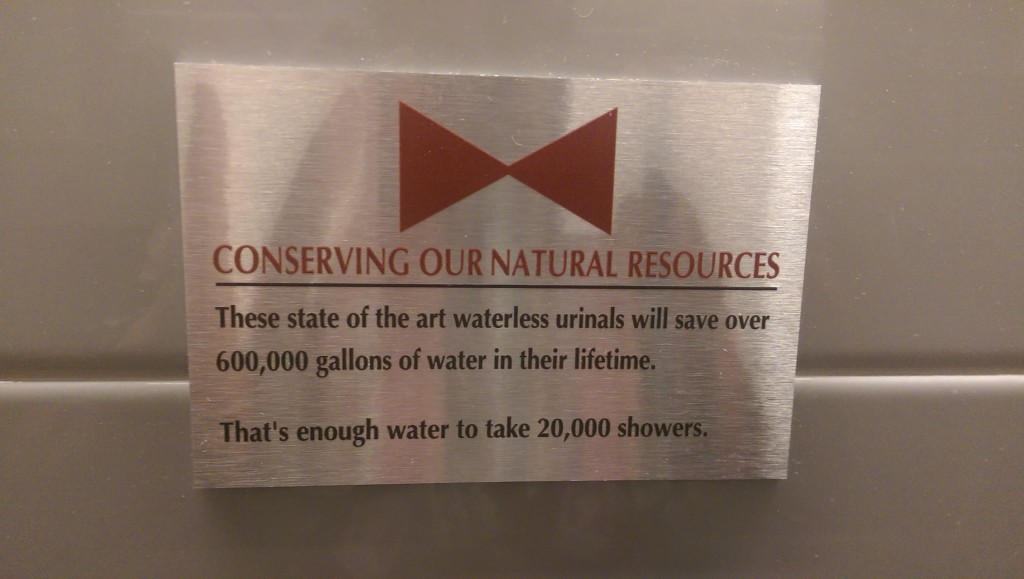Update: DMA &then website has now been updated with full schedule information. Go to http://dma15.org/schedule/ to read all about it. BE SURE TO USE THIS LINK; the “build your schedule” menu on the home page of dma2015.org still produces the old placeholder content.
Here’s the session I am leading on Monday, October 4, from 4:45-5:30 at the DMA’s revamped &then conference in Boston:
Devilish Details: Looking for an Advantage in Your Copy and Design
An interactive sequel to one of last year’s most popular sessions, “The Devil’s in the Detail”. Share clever tweaks and clumsy misfires that made a big difference in creative execution and bottom line results—good or bad. Veteran copywriter Otis Maxwell will kick things off with examples of a few gems and gaffes, then you join the fun. Fabulous prizes for the best ideas!
This is an “Ignition” session which is designed for attendees to interact in a town-hall environment. I’ll share some examples of copy and design decisions that had a negative impact on campaigns, then make suggestions for how to improve them. After a few examples I’ll open things up to the floor and ask folks to share their own experiences which can be a/creative home runs and pratfalls they’ve experienced in their own work and what they’ve learned from them, or b/third party examples similar to my own.
While copies last, everybody who makes a meaningful contribution gets a free copy of my copywriting book, Copywriting that Gets Results!
Note: As of September 27, there is still placeholder copy on the DMA15.org website. This is the session in the slot called “Concentrating on the Detail: Copy & Color Choice”. That’s the placeholder title; what I’ve described above is the real deal.


